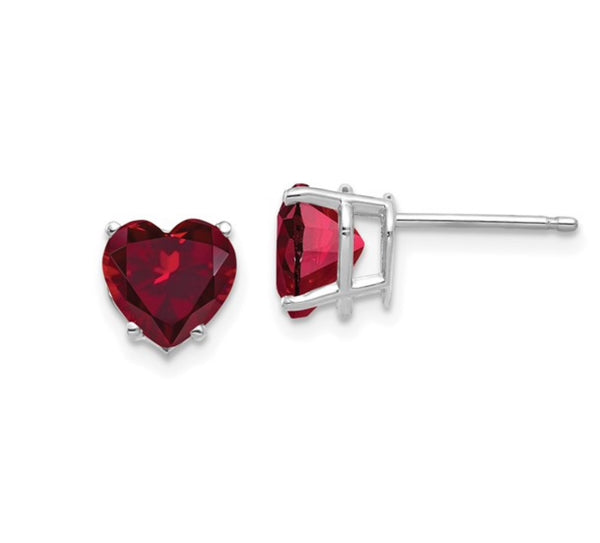
Rings have been used as symbols of love and they became part of the tradition of proposing marriage.
The term ‘engagement ring’ is relatively new, but the tradition of wearing rings as a symbol of commitment goes back to ancient Egyptians and Greeks. The first records indicates them making rings of hair, hemps, leather and bones.
200 BC Romans were the first ones to make rings of iron and exchange of these rings represented a business contract. 
2th century CE ( Common Era) takes more romantic turn. Rings are made of bronze, silver and gold. Women tend to have 2 rings- one to wear at home, and the gold one -for public officials to show off their affluence.

The tradition of wearing a ring on the right hand of fourth finger started around 5th century. Romans indicated that the Vena Amoris (vein of love) connects that finger to the heart and, surprisingly, that tradition had endured throughout the history, even though this information is not correct and we all know that all veins go to heart.
It is not until 9 century, the engagement ring symbolized a man’s intent to marry. Gold is becoming a material of choice, but the marriage itself is still a simple exchange of vows without any legal binding.
In the 13 century Christian church established a marriage ceremony and stated that marriage must be made public in advance. It symbolized the agreement to marry in the eyes of God and it really solidified the tradition of a man presenting an engagement ring.
14 century indicates the first diamond engagement ring. At this time in history very few diamonds had been discovered. India was the only source of diamonds and these were alluvial diamonds, which means randomly found diamonds and only the wealthiest people possessed them. Diamonds around this time didn’t have a lot of sparkle because of their point and table cuts (which didn’t accentuate diamond’s ability to return light).

In the 17th century the cluster ring comes into play. The colored stones became popular as a way for the affluent to flaunt their wealth with rubies and sapphires.

Popular in the 18 century is the claddagh ring. The hands represent friendship, the heart represents love and the crown represents loyalty.

In the 19th- early 20th century Toi et Moi ring is becoming popular (French for ‘you and me’). In 1776 this trend was attributed to French Emperor Napoleon Bonaparte and his wife Josephine. However, it was revived in 1953 when JFK gave one to Jacqueline.

Historical styles
Below is a summary of the evolution of engagement rings up to the modern time.
Elegant and affluent—Georgian

Profoundly creative — Victorian

Edwardian

Art Deco

Retro

Modern


